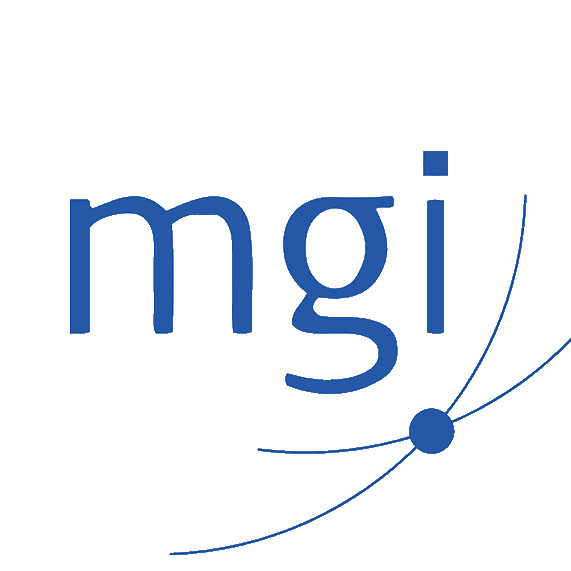Written by Nick Fedele:
In general, the running costs incurred for a motor vehicle are deductible in the proportion that it is used for work and business. Examples of costs that are deductible include fuel, maintenance, registration and insurance, and depreciation. Depreciation is deducted using the diminishing value method at a rate of 25% of the cost of the car; however, a cost limit is imposed which sets the maximum amount that can be used for the depreciable cost of the car. For the 2017-18 financial year the car limit is $57,587.
If you are a small business entity (i.e. operating a business with aggregated turnover of less than $10 million), the increased instant write-off threshold is available to you to claim an immediate deduction for vehicles purchased that cost less than $20,000.
If your business is registered for GST, the maximum GST credit you can claim on car purchases is limited to one-eleventh of the car limit. This amount also needs to be adjusted for any private use of the vehicle. For the 2017-18 financial year the maximum credit that can be claimed is $5,235.
When purchasing a motor vehicle you should also be aware of the luxury car tax (LCT). The LCT is imposed at a rate of 33% on cars purchased above the luxury car threshold. The GST-inclusive threshold for the 2017-18 financial year is $75,526 for fuel-efficient cars and $65,094 for other cars.
When claiming a deduction for the costs incurred for a car two methods can be used to calculate the deduction. The first is the cents per kilometer method, which allows you to claim a maximum of 5,000 business/work kilometers per vehicle at a rate of 66 cents. You do not need written evidence to support the amount of kilometers you have travelled under this method. Given the set limit the maximum deduction under this method is $3,300.
The second is the logbook method which allows you to generally claim all the running costs incurred for your vehicle by apportioning them on the business use percentage. The percentage is calculated by keeping a logbook and apportioning the business/work related travel over the total travel of the car in the logbook timeframe. The required timeframe to keep a logbook is for a period of 12 continuous weeks that is representative of your travel throughout the year and each logbook you keep is valid for 5 years. In addition to keeping a logbook, this method requires you to keep written evidence of all the costs incurred.
This communication is general in nature and current as at the time of production. The information contained in this communication does not constitute advice and should not be relied upon as such. Should you wish to discuss any matter raised in this article, please feel free to contact us.






